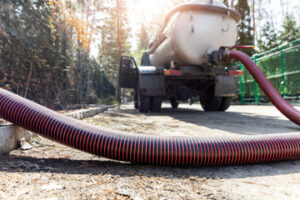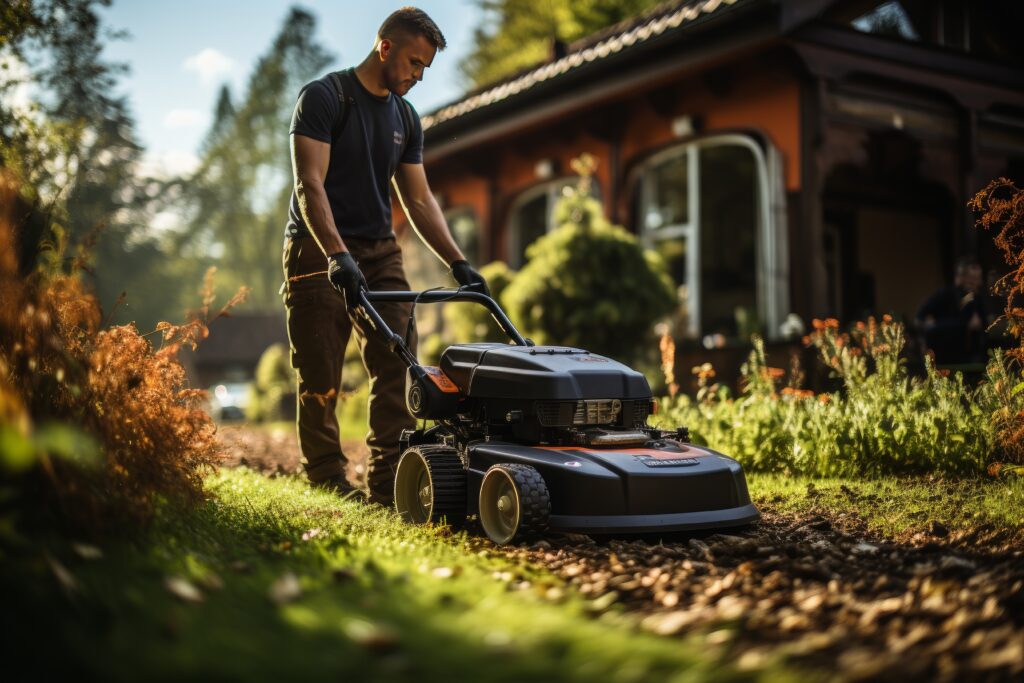Wastewater from your home carries dangerous bacteria, so it needs to be carefully managed. A well-maintained septic system has been proven to reduce the likelihood of groundwater contamination.
A septic tank is like a giant filter, with solid waste sinking to the bottom and scum floating on top. Bacteria break down the solids and clarified liquid (effluent) flows into a drain field for treatment in the soil. Call Septic Tank Pump Out Perth today.

Pumping
The septic tank is where wastewater from the shower, kitchen, laundry, and toilets goes when it leaves your home. It’s a large underground storage tank where the waste is held while a settling process takes place and bacteria break down the solid material. The liquid, or effluent, then flows into a drain field that filters the remaining sewage through the soil before it returns to the water cycle.
If the septic tank isn’t pumped regularly, the scum and sludge layers can build up to the point where they start to overflow into the drainfield. This can clog the drainfield and allow sewage to flow back into the house, which exposes household members to disease-causing organisms.
Pumping the septic tank will prevent these problems. Frequent pumping can also help extend the life of the septic tank and system components, such as baffles.
How often a homeowner needs their septic tank pumped will depend on a variety of factors, including the size of the septic tank and the number of people living in the household. If the septic system is used for heavy household wastewater, more frequent pumping will be required.
Other considerations that can affect the frequency of septic tank pumping include the use of garbage disposals, which increase the amount of wastewater entering the tank; and the amount of water used per day, which impacts the size of the wastewater stream. It’s also important to avoid flushing pharmaceuticals, household chemicals like gasoline, pesticides, and paint; and other toxic materials down the drain.
In addition to having the septic tank pumped, homeowners can do other things to keep their septic systems in good working order. These include avoiding using chemical drain cleaners, which kill the bacteria that help to break down the waste in the septic tank and system.
It’s also a good idea to plant grass and shallow-rooted plants over the drainfield, which helps to keep the soil moist and lessen the chance of excessive water runoff or contamination of groundwater. Homeowners should also ensure that downspouts are properly diverted away from the drain field and never drive or park vehicles or equipment over the drain field.
Cleaning
When sewage waste enters the septic system, it moves into the tank where microorganisms break down organic matter. Solids separate from the liquid waste and settle in the bottom of the tank as sludge. The septic tank should be emptied regularly, as too much sludge can clog the drain field or leach field, leaving wastewater to seep into the ground surface where it can expose humans and animals to disease-causing organisms.
Homeowners can extend the time between septic tank cleaning by following basic tips on how to dispose of waste. These include only flushing toilet paper, biological materials, and human waste, and avoiding using cleaning products that kill the beneficial bacteria that help to digest waste.
The first step in septic tank cleaning involves locating the septic tank and uncovering the access port. Once this is done, a large truck equipped with septic tank vacuuming equipment will enter the tank and remove the waste. The truck then transports the waste to a disposal site. The process is fast, efficient, and affordable, and it helps to prevent septic tank leaks that can be dangerous for humans and animals.
Another important aspect of septic tank cleaning is the removal of heavy roots. Roots from trees, shrubs, and plants can entangle the sludge in the tank, preventing proper pumping and reducing the life of the septic system. These roots can also contaminate the drain field or leach field by entering the perforated pipes, causing wastewater to seep into the soil and exposing humans and animals to disease-causing organisms.
It is possible to extend the amount of time between septic tank cleaning by using a septic system treatment product. This microbial solution is designed to break down waste quickly, reduce sludge buildup, eliminate septic tank odors, and prevent septic system failure.
Homeowners should take note of the weather in the area when considering how frequently they should have their septic tanks pumped. Too much rain can muddy the drain field, making it difficult for the septic system to work properly. If a homeowner notices standing water in the yard, a soggy lawn, or foul odors, they should call a septic professional to investigate.
Maintenance Records
In a properly functioning septic system, solid waste settles in the tank while bacteria break down liquid effluent in the absorption field. The wastewater then percolates through the soil, and microorganisms complete the treatment process by removing harmful pathogens and pollutants. Without regular maintenance, however, sludge and scum can build up in the tank to the point that they clog pipes and damage the absorption field.
Generally, you will need to have your septic tank pumped every three to five years. The exact schedule depends on the size of your septic tank and the number of people living in your home. However, you can extend the time between pumping by following some basic septic system care tips.
Mindful water usage can also help keep your septic system in good working order. Fix leaks promptly, use water-efficient fixtures, and spread out activities that require a lot of water. This helps prevent the system from being overwhelmed, which may require more frequent pumping.
It is also important to avoid flushing non-biodegradable materials down the drains and toilets. Doing so can disrupt the microbial ecosystem in your tank and interfere with wastewater breakdown. This can lead to clogs in the toilets and drains, as well as overflowing of the septic tank.
Avoid flushing feminine hygiene products, baby wipes, cat litter, coffee grounds, cigarette butts, paper towels, grease, paints, thinners, pesticides, oils, medicines, and other chemicals. Also, avoid putting large quantities of food down the garbage disposal. The bacteria in the septic system will struggle to break down these substances, and this can result in a buildup of sludge.
Regular inspection and maintenance are crucial for concrete septic tanks to guarantee their structural integrity and safety over time. Due to the corrosive nature of the acidic wastewater within these tanks, especially when combined with rainwater and air vapor, the risk of concrete erosion, specifically through the formation of sulfuric acid, is significant. Hence, scheduling routine inspections and cleanings by a qualified septic professional is highly recommended.
These professionals not only conduct thorough inspections to assess the tank’s condition but also undertake cleaning procedures to remove accumulated sludge and scum, preventing potential clogs and system failures. Additionally, they possess the expertise to identify any damaged components and provide necessary repairs to ensure optimal functionality.
Furthermore, maintaining detailed records of maintenance activities is prudent. Keeping track of the dates of pumpings, any repairs carried out, and monitoring the levels of sludge and scum within the tank enables homeowners to stay informed about the condition of their septic system and plan for timely interventions as needed. By adhering to these practices, homeowners can prolong the lifespan of their concrete septic tanks and mitigate the risk of costly repairs or replacements in the future.



